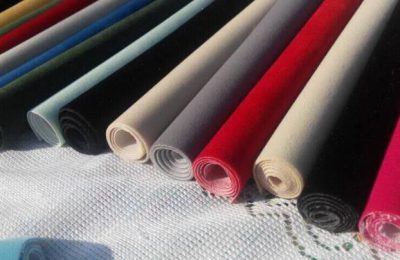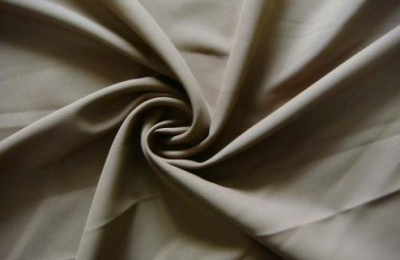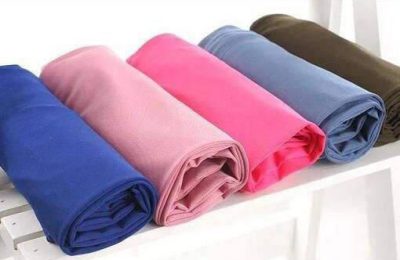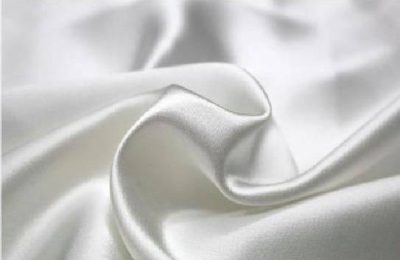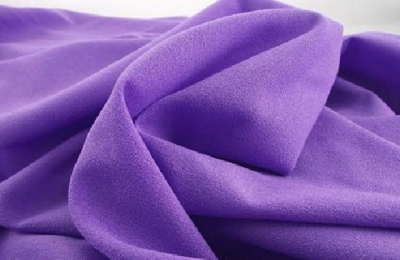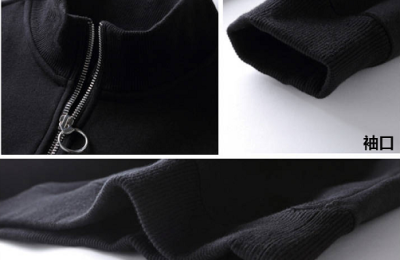The textile industry is a traditional high-pollution industry. During the production process of PTFE bubble-point membrane, fiber raw materials, processing dyes or auxiliaries generate a large amount of wastewater and pollutants.
According to relevant statistics, dyeing and finishing (i.e. printing, dyeing and post-processing) wastewater accounts for more than 80%, chemical fiber production wastewater accounts for about 12%, and the other 8% is other textile wastewater.
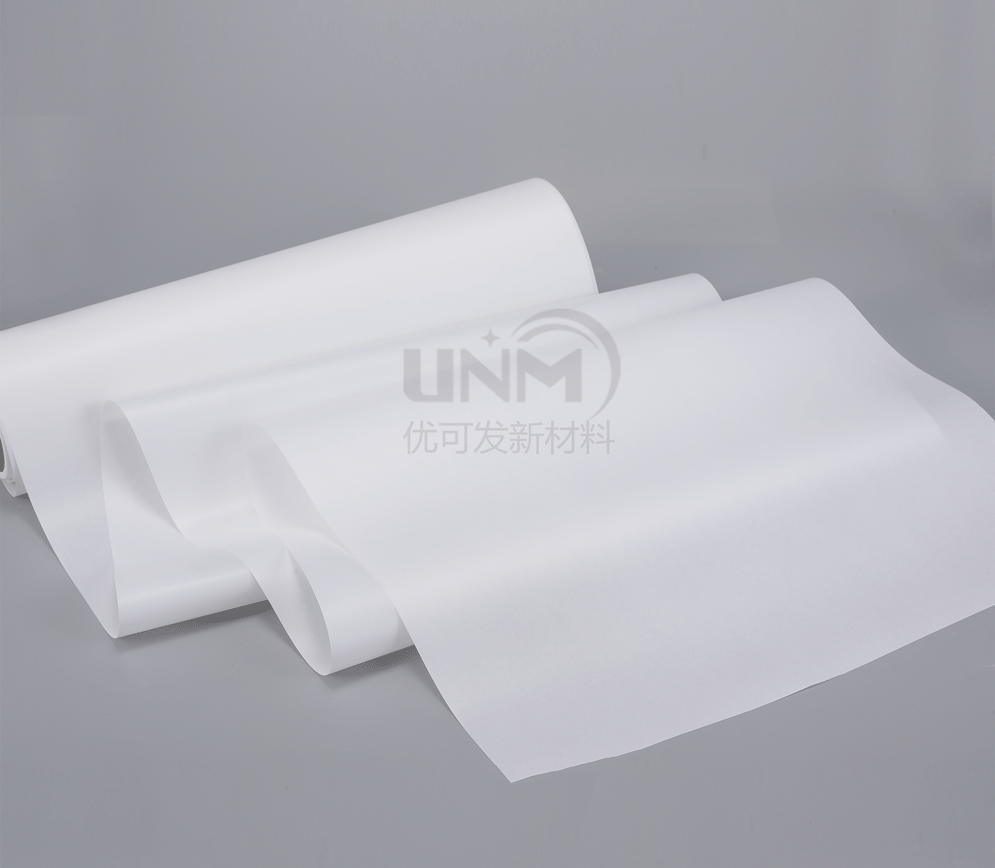
The large total water consumption, low water efficiency, and large wastewater discharge directly threaten green waters and green mountains.
At the same time, PTFE bubble point membranes in the entire textile industry are still facing problems such as high pollution and high costs caused by high energy consumption.
PTFE bubble point membrane As an environmentally sensitive and resource-dependent traditional manufacturing industry, the textile industry must achieve green manufacturing.
Experts pointed out that on the one hand, it can change the traditional high-consumption, high-pollution production model, reduce energy consumption and environmental pollution, and is conducive to the optimal allocation of resources; on the other hand, it can also promote enterprises to increase their investment in high-tech research efforts to promote the upgrading of industrial structure.
Green manufacturing means that the entire PTFE bubble film textile industry chain must embark on an ecological path. According to the definition of textile ecology by the Oeko-Tex International Environmentally Friendly Textile Association: First, the production process of textiles does not cause any harm to the environment. harmful effects, and meet the conditions of not polluting the air or water resources; the second is to minimize the content of harmful substances in clothing and textiles that have adverse effects on human health; the third is to minimize the harmful effects of clothing and textiles during the process of washing and maintaining clothes. There will be no impact on the wearer and the surrounding environment; fourth, PTFE bubble-point film textiles will not release harmful substances when discarded, and will not pollute the air when incinerated.
Some people have vividly compared that PTFE bubble point membrane ecological textile is to enable the entire industry to achieve a green revolution from cradle to grave, that is, to control the entire process from fiber planting, breeding, production to product processing, which is environmentally friendly. Pollution, the product itself is not “polluted” and is safe and harmless to the human body.
The company actively invests in the construction of PTFE bubble point membrane ecological textiles, spares no effort in green manufacturing, and focuses on the construction of production wastewater treatment projects. Lucid waters and lush mountains are valuable assets. </p



